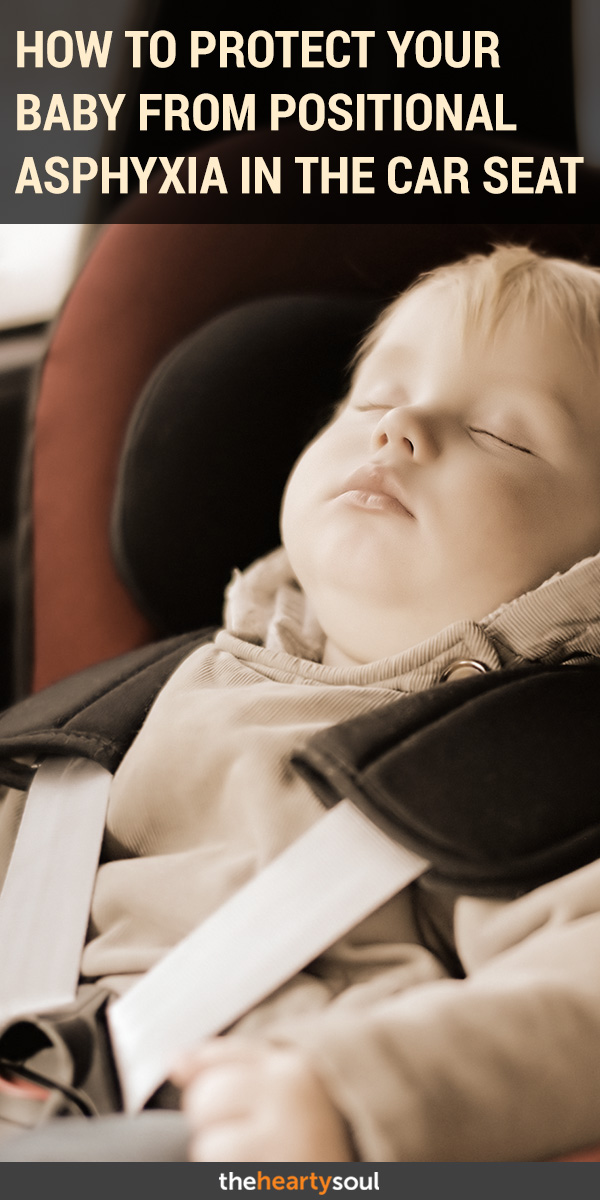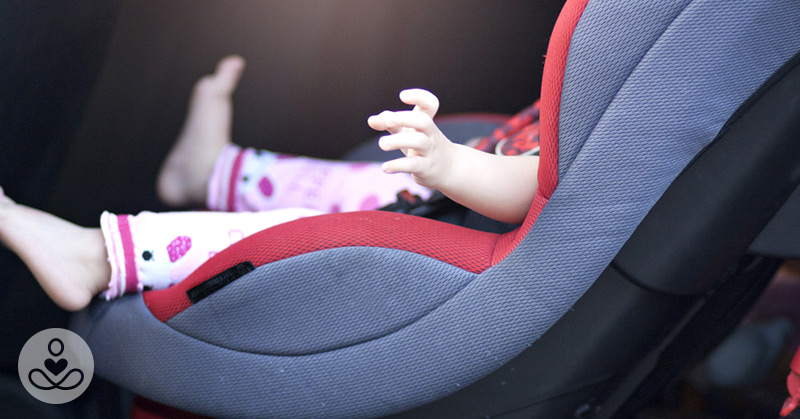The more informed new parents are, they better equipped they’ll be to care for their babies and recognize subtle risks that could threaten their health. One concern that doesn’t seem to get as much exposure as it should is positional asphyxia (sometimes called postural asphyxia). Here’s what all parents need to know to protect their children from a sudden, tragic death. Keep reading to hear the stories of two families who recently took to media outlets to spread this vital information after dealing with the scary condition firsthand.
What Is Positional Asphyxia?
Positional asphyxia, which happens most often in infants, occurs when someone’s position prevents them from breathing enough air. This can happen when the: [3]
- Nose is blocked
- Mouth is blocked
- Chest is unable to fully expand
The blockages above usually happen when an infant is put to sleep in an unsafe position or environment. We’ve listed the 11 most common ones below: [3]
- Couches
- Beanbag chairs
- Infants sharing a bed with others
- Waterbeds
- Pillows
- Cribs with improperly fit mattresses
- Adult beds
- Cribs with sheepskins, quilts, or other soft surfaces
- Sleeping face-down
- Sleeping in an infant carrier (e.g., car seats) with head covered or face against soft surfaces, or loose straps
- Side-sleeping
Real-Life Cases of Positional Asphyxia
Mia Smith of Iowa
No parent should ever have to experience the dreaded phone call Lisa Smith got three years ago… Smith’s daughter’s babysitter had just placed 17-month-old Mia into her car seat for a nap. Shortly after, the babysitter called Smith while she was at work.
“Worst call I’ve ever had in my life,” she said. “’Drop everything. Mia didn’t wake up from her nap.’” [1,2]
Mia’s long-time babysitter ran a licensed home daycare in Iowa, but her decision to let the infant sleep in a car seat is, unfortunately, one that cost her life. In fact, Mia’s parents were not aware that she sometimes napped in car seats until police at the hospital told them how she was found.
“We assumed that she slept in a crib, and even on the day she died, she was only feet away from an empty crib that could have been used.”
The babysitter routinely put infants down to nap in car seats maintaining that it helped them sleep better. Although many parents and caregivers allow their children to sleep in car seats, it’s a dangerous practice that can be potentially fatal.
Sadly, in Mia’s case, this car seat nap resulted in her death… and it’s because of her cause of death that Lisa Smith has an urgent warning for parents and caregivers everywhere.
In Mia’s case, she likely slid down in the unbuckled car seat causing her to fall into a position where her airway was blocked. Sometimes, it’s also possible for an infant to slide down in a buckled car seat and have the straps cut off the airway.
“There’s nothing about the car seat that’s designed to sleep,” said Sharon Evans, a trauma injury prevention coordinator at Cook Children’s Hospital. “Of course, if the straps aren’t right, the child can kind of slump down.” [2]
One of the most heartbreaking realities of this story is that Mia’s death was entirely preventable. While Lisa and her husband have two beautiful baby boys, they still live and cope with the grief of losing their daughter. But, they also use this unimaginable life event to warn others about the all-too-real dangers of sleeping in car seats and positional asphyxia whenever there’s an opportunity.
“When we see unsafe sleep practices we say something because if caregivers decide to ignore us or get uncomfortable by our conversation, we want to share our story so that they can make informed decisions regarding their child’s safety,” says Lisa. “We were not given a choice about Mia’s car seat sleeping and it devastates us to know that it was so easily prevented. She was feet away from the safety of a crib.” [1]
Harper Clark of Scotland
Kirsti Clark and her husband Christopher Clark had a very similar scare with their 3-week-old infant, Harper. Fortunately for them, they were able to act quickly enough and save Harper’s life before it was too late.
The Clarks had taken their toddler, Malena, and their baby out for the day, but got stuck in traffic for 2 hours on the way back. When they got home, took Harper out of her car seat, and started to get her settled at home, they realized right away that something was wrong.
“When we got home it was way past Malena’s bedtime so brought Harper in in her car seat and she stayed in there for 15 minutes as we got Malena into bed,” Kirsti told the Daily Record. “My husband got Harper out and put her on his knee but she looked like she couldn’t get comfy so he laid her down on her mat and she was kicking about. I told him her lips looked blue and then he pointed out how red her cheeks were. He picked her up and I could tell straight away from his face that something was wrong.”
Harper was rushed to the hospital where doctors were able to stabilize her. After an assessment, they told the Clarks that Harper had had a seizure from low oxygen levels.
“I would tell every parent to just really carefully watch their babies and if they don’t absolutely need to be in the car seat take them out because it is not worth what we had to go through,” says Kirsti.
With this knowledge, you have the choice to help warn others and prevent unnecessary heartbreaking losses. Whether they’re friends, family or strangers, speak to those around you about this crucial yet overlooked practice of sleeping in car seats. It could save a life.
For more info about sleep safety and asphyxiation prevention, click here to find out more child safety principles to help protect babies.

Sources
- [1] A mother’s warning after her 18-month-old died sleeping in a car seat. (2018, August 20). Retrieved from https://www.wfaa.com/article/news/health/a-mothers-warning-after-her-18-month-old-died-sleeping-in-a-car-seat/287-585888768
- [2] Positional Asphyxia. (n.d.). Retrieved from https://babyyourbaby.org/infants/positional-asphyxia.php

